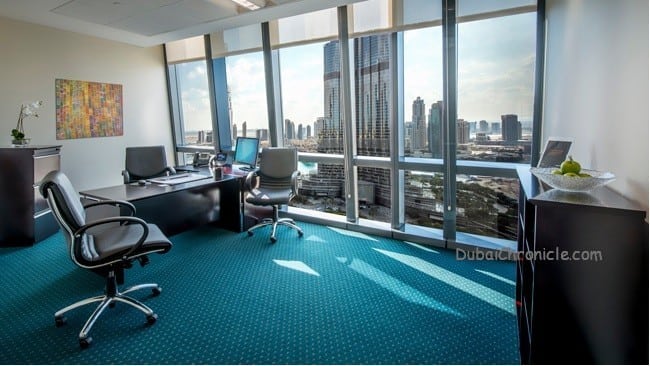
During the six years since the global commercial real estate markets emerged from recession, JLL’s quarterly Global Market Perspective has articulated a familiar story of strengthening investment markets set against relatively subdued occupational markets, which at times have struggled to gain significant momentum. However, in the past six months we have seen mounting evidence that the balance is shifting as leasing activity improves across all property sectors. As a consequence, the major commercial real estate markets are now on a sounder footing than at any time since the Global Financial Crisis.
Investor activity grows, but at a slower pace
Investment activity continues to move higher, although currency movements mask its true level. Transactional volumes over the first three quarters of 2015 were US$497 billion, 3% up on the equivalent period of 2014 but, significantly, 13% higher when denominated in local currencies. Yields for core office property in primary markets continue to compress to new lows, although capital appreciation is expected to slow in 2016.
While the pace of investment growth has eased, JLL has maintained its forecast for 2015 full-year volumes at US$740-760 billion, despite the ongoing strength of the U.S. dollar. It is possible that these levels could be surpassed, but it would take an exceptional amount of activity in the final quarter of the year. Nonetheless, capital-raising by private equity funds has spiked in recent quarters implying that 2016 will be another buoyant year. JLL anticipates that 2016 volumes will be at least on a par with 2015.
Momentum building in global leasing markets
Global leasing volumes are up a healthy 7% in the year-to-date compared to the same period in 2014. Despite economic concerns, corporate occupiers are optimistic about business prospects and many are actively planning for growth. Europe recorded the largest Q3 leasing volumes since 2007 in the quarter and Asia Pacific levels are 33% higher year-to-date over 2014. Although Q3 volumes in the United States were only 2% higher year-on-year, the full impact of expansionary demand has yet to be felt.
Expectations for the remainder of 2015 and 2016 have been raised, with full-year 2015 global leasing volumes now likely to be 5%-10% higher than 2014, with a further 5% uplift forecast for 2016. Unless the global economy is significantly derailed, there will continue to be progress towards expansion demand as tenants move away from cost containment, consolidation and renewals.
Constrained supply to boost rental growth
Vacancy rates are trending downwards with the global office vacancy rate standing at 12.3% and all three regions registering steady declines in Q3. We expect continued falls, with the global vacancy rate settling at about 12% during 2016.
Sustained global occupier demand and a development pipeline well below that of previous peaks will drive further rental uplifts. Rental growth of 3% is projected for the full-year 2015 across major office markets, with Hong Kong, Sydney, Shanghai and London vying to be the top rental performers. Rental growth is anticipated to accelerate to circa 4% in 2016, with top positions going to Sydney, Tokyo and Boston.




































